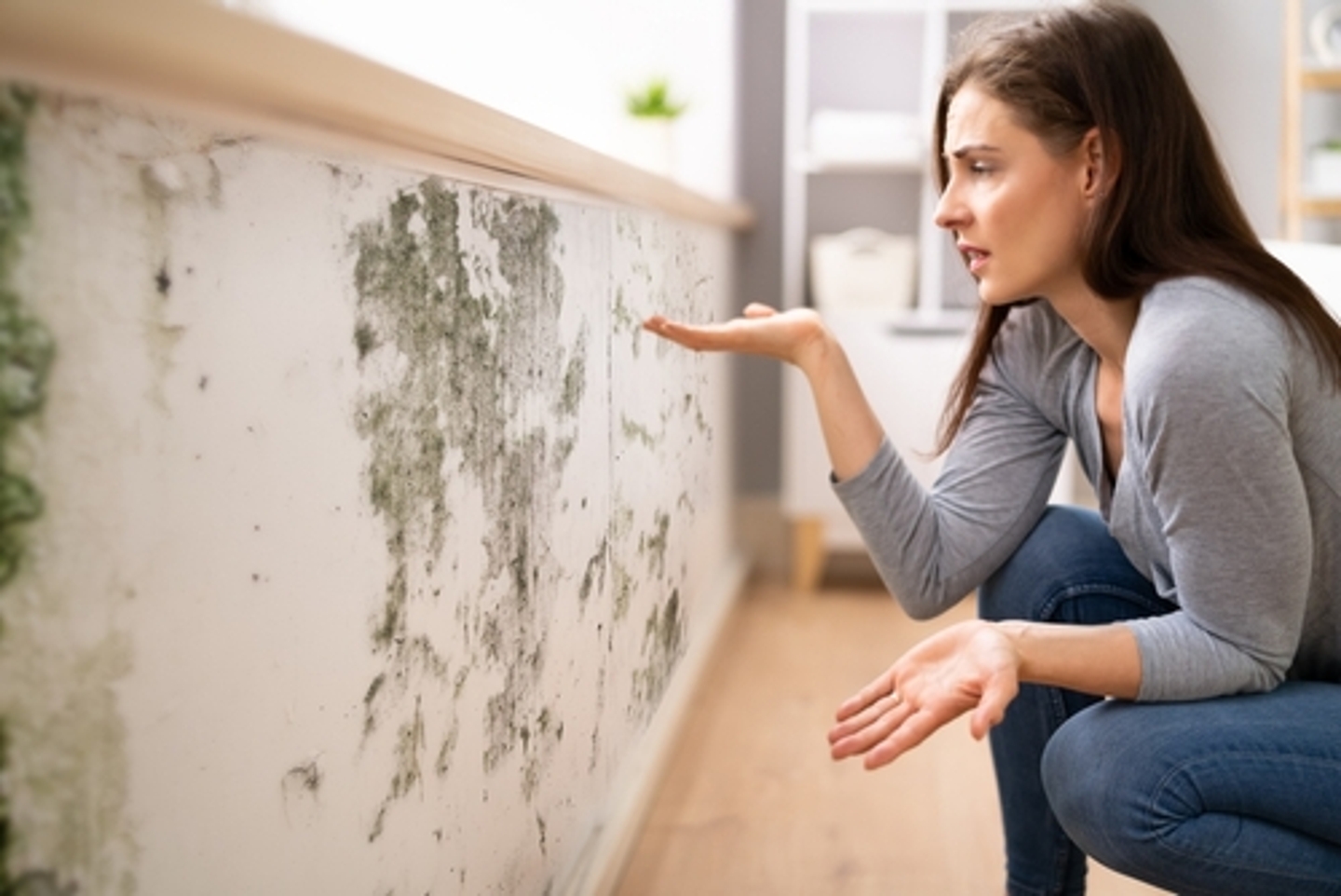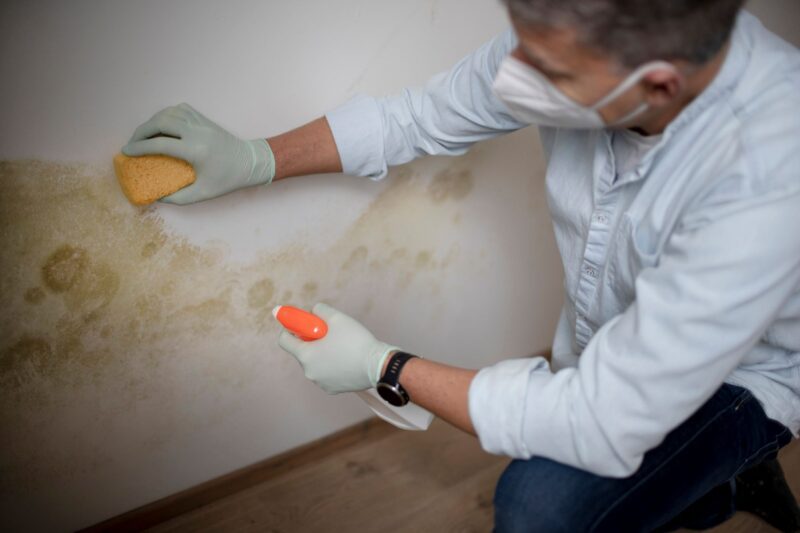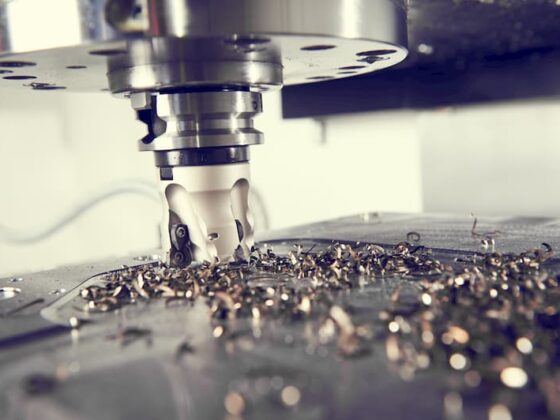Mold can lurk in the corners of our homes, silently wreaking havoc on our health and well-being. Often, the first signs are subtle: a musty odor drifting through the air or an unusual spot appearing where it shouldn’t.
Identifying mold on your own may seem daunting, but with a keen eye and a bit of knowledge, it’s entirely possible to uncover hidden infestations without calling in a professional. In this guide, we’ll explore practical tips and clever tricks to help you detect mold effectively, empowering you to take action before it spirals into a larger problem.
From understanding common mold types to knowing where to look, this article will equip you with the tools you need to reclaim your space and breathe easier once more. So, roll up your sleeves—let’s dive into the world of mold detection!
Common Signs of Mold Growth: What to Look For
When it comes to identifying mold growth in your home, vigilance is key. Start by looking for visible signs such as dark spots or patches on walls, ceilings, and under sinks; these can range in color from green to black, often resembling stains or smudges.
Pay attention to musty odors that seem to linger, even when windows are open and air is circulating; a persistent smell can be a tell-tale sign that mold is lurking nearby. Additionally, areas prone to moisture—like bathrooms and kitchens—are hotspots for growth, so check for dampness or peeling paint.
If you notice allergic reactions among household members, such as sneezing, coughing, or skin irritation, this could be linked to mold exposure. Keep an eye out for water leaks or condensation, as these create the perfect breeding ground for mold spores.
By knowing what to look for, you can take proactive steps to address mold issues before they escalate.
Visual Clues: Spotting Mold with Your Own Eyes

When it comes to spotting mold, your eyes can be powerful allies. Look for unsightly patches that range from green to black, often lurking in damp corners or beneath sinks.
Their fuzzy or slimy textures may betray their presence, while a musty scent often follows close behind. Pay special attention to areas where moisture tends to accumulate—think basements, bathrooms, and around leaky pipes.
Mold can also appear as discoloration on walls or ceilings, where the paint might bubble or peel in defiance of its growth. Don’t forget to check more hidden spots: behind furniture or under rugs, where both light and airflow are limited.
With a bit of vigilance, you can catch these unwanted invaders before they wreak havoc on your home.
Documenting and Monitoring: Keeping Track of Mold Signs

Documenting and monitoring mold signs is a critical step in maintaining a healthy living environment. To start, make a habit of regularly inspecting areas that are prone to moisture, like bathrooms, basements, and around windows.
Note any visible signs of mold growth—fuzzy patches, discoloration on surfaces, or an earthy odor—and record their locations and sizes. Don’t stop there; keep a log of dampness levels and humidity readings over time, which can be easily tracked with a simple hygrometer.
This diligent observation will not only help you identify patterns but also alert you to potential problems before they escalate. Remember, early detection is key; even small, seemingly inconspicuous spots can indicate a larger issue lurking nearby.
By being proactive in your documentation, you empower yourself to take decisive action against mold before it becomes a pervasive presence in your home.
Conclusion
In conclusion, detecting mold in your home without the need for professional intervention can be an empowering and essential skill that fosters a healthier living environment. By being vigilant and utilizing the tips and tricks outlined in this article, such as conducting thorough visual inspections, using scent as an indicator, and monitoring humidity levels, you can effectively identify potential mold issues early on.
While DIY methods can be effective, remember that for extensive infestations or complicated situations, enlisting the expertise of a Mold Inspection Company may still be necessary to ensure your home remains safe and mold-free. Taking proactive steps can help safeguard your health and well-being, making mold detection an integral part of home maintenance.


